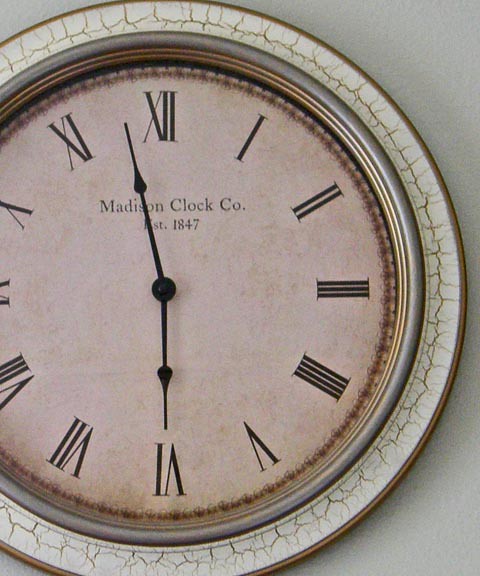

This is usually held when processing typical low-to-mid level workloads. The base clock speed of a CPU refers to the frequency that all cores will maintain as a baseline. You can find more detailed information about IPC here. One of the most common reasons why a CPU with a higher clock speed may be outperformed by a newer generation processor of a lower frequency is because of architectural improvements that result in an IPC gain. Other factors like the number of cores, its cache sizes, and the internal architecture of the CPU also play a key role in overall performance. However, clock speeds are only one aspect of a CPU’s speed. Now, performing a simple operation might take just take a couple of cycles/ticks, while a more complex operation can take up hundreds or thousands. So, a CPU with a 4GHz clock speed is capable of performing 4 billion ticks in a single second. The maximum frequency of these pulses is measured in Hertz (Hz), with modern-day CPUs performing in the Gigahertz range (each gigahertz reflecting a billion cycles per second). The faster it can ‘tick,’ the faster it can get work done in a set amount of time.Įach one of these cycles consists of a pulse of either an on or off switching of transistors, which is synchronized by an internal oscillator (internal clock). What Are CPU Clock Speeds?įirst things first: What are clock speeds? Are they an important metric for comparison, or do they hardly matter in terms of practical performance?Ī CPU’s speed is measured by its internal clock in ‘ticks’ or clock cycles. We’ll explore these questions, and more, in this article, and provide you with guidance on what clock metrics are important for your specific workload. Of course, these new features bring a lot of benefits as well, but for a new buyer it raises a lot of questions first:įor example, what are base and boost clock speeds? Is it better to shop for a CPU with a higher base clock speed or a higher boost clock speed? Which workloads depend more on either one or the other? To maintain sustained boosts, you need premium cooling solutions (air/liquid) that can dissipate heat fast enough. Just long enough so manufacturers can advertise 5+GHz clock speeds on the CPU’s packaging and potentially mislead the unsuspecting buyer. Several factors can affect a CPU’s boost clock:Īnd even if your processor does boost to its advertised boost clocks, it might very well be that it holds this frequency only for a couple of milliseconds here and there. Manufacturers guarantee a boost clock only when a processor isn’t thermally or power-limited. They have multiple cores and threads, and they can overclock and throttle their frequency automatically depending on things like thermals and power delivery. Modern CPUs now have base clocks and boost clocks. Gone are the days when CPUs had fixed clock speeds, and comparing different models from various manufacturers was as easy as ranking them by their frequency.

Why Do Base and Boost Clock Speeds Vary So Much?.The Motherboards VRMs and the PSU’s strength Its inherent hardware capabilities defined by the manufacturer What Factors Impact Boost Clock Speeds?.Why Can’t a CPU Always Run On Boost Clock?.

The cookie is set by the GDPR Cookie Consent plugin and is used to store whether or not user has consented to the use of cookies. The cookie is used to store the user consent for the cookies in the category "Performance". This cookie is set by GDPR Cookie Consent plugin. The cookie is used to store the user consent for the cookies in the category "Other. The cookies is used to store the user consent for the cookies in the category "Necessary". The cookie is set by GDPR cookie consent to record the user consent for the cookies in the category "Functional". The cookie is used to store the user consent for the cookies in the category "Analytics". These cookies ensure basic functionalities and security features of the website, anonymously. Necessary cookies are absolutely essential for the website to function properly.


 0 kommentar(er)
0 kommentar(er)
